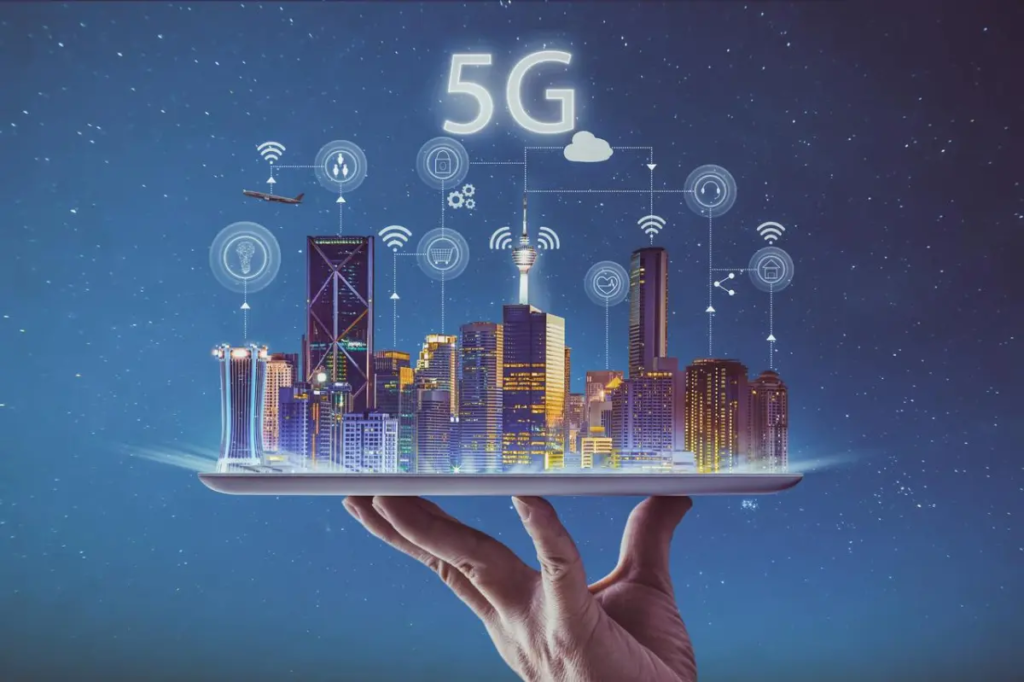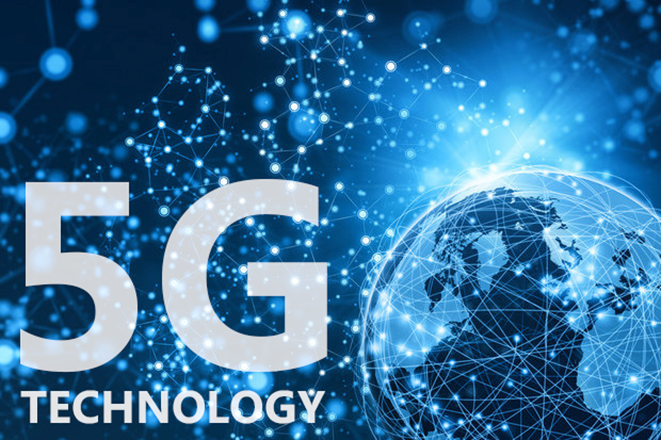The world of telecommunications is evolving, and at the forefront of this revolution is 5G technology. As the fifth generation of mobile network technology, 5G promises to dramatically enhance communication speeds, connectivity, and the overall user experience. But what exactly is 5G, and how does it improve communication speeds? Let’s explore the core of this exciting new technology.
What is 5G Technology?

5G stands for fifth generation wireless technology. It’s the latest advancement in mobile networking, succeeding 4G, the technology that powers most of today’s smartphones and internet connections. 5G is designed to provide faster speeds, more reliable connections, and a better overall user experience compared to previous generations.
Unlike its predecessors, 5G uses higher frequency radio waves, offering greater bandwidth and faster data transmission. It’s not just about speed; 5G can handle more devices connected to the network at the same time, making it ideal for the growing number of IoT (Internet of Things) devices.
How Does 5G Improve Communication Speeds?
One of the main advantages of 5G over 4G is the significant boost in data transfer speeds. Here’s how it achieves this:
- Higher Frequencies
5G uses millimeter waves, which are higher frequency bands compared to the radio waves used in 4G. This allows more data to be transferred at faster speeds. - Increased Bandwidth
5G has access to a much wider bandwidth, which means more data can flow through the network at once. This results in faster download and upload speeds, even during peak usage times. - Low Latency
Latency refers to the time it takes for data to travel from the source to the destination. 5G promises extremely low latency, reducing delays and enabling near-instant communication. This is particularly beneficial for applications like online gaming, video conferencing, and autonomous vehicles. - Massive Connectivity
With 5G, networks can handle a higher density of devices. This is crucial for the Internet of Things (IoT), where thousands or even millions of devices need to be connected to the internet simultaneously without causing slowdowns. - Network Slicing
5G allows for network slicing, which enables operators to create customized virtual networks tailored to specific needs, whether that’s for consumers, businesses, or even mission-critical services. This flexibility helps ensure the best performance for every use case.
What Are the Benefits of 5G?
Aside from improving communication speeds, 5G brings a wide array of benefits:
- Faster Speeds: Users will experience speeds of up to 100 times faster than 4G, allowing quicker downloads, smoother video streaming, and near-instantaneous data transfer.
- Improved Connectivity: With the ability to connect more devices simultaneously, 5G will make things like smart cities, smart homes, and autonomous cars a reality.
- Better Reliability: 5G will provide more stable connections, even in crowded environments, reducing dropped calls and network interruptions.
- Enhanced User Experience: With improved speed, latency, and bandwidth, users will have a far better experience across a range of services, from mobile browsing to augmented and virtual reality applications.
Applications of 5G Technology
The potential uses of 5G go far beyond just faster mobile internet. Here are some areas where 5G will have a major impact:
- Autonomous Vehicles: 5G will enable real-time communication between self-driving cars, traffic systems, and other vehicles, making autonomous transportation safer and more efficient.
- IoT (Internet of Things): 5G will support a large number of connected devices, allowing for the growth of smart cities, homes, and industrial automation.
- Augmented and Virtual Reality (AR/VR): 5G will enable smoother, higher-quality AR and VR experiences for gaming, education, and healthcare.
- Healthcare: Telemedicine, remote surgeries, and real-time health monitoring will become more reliable with the faster speeds and low latency of 5G.
- Smart Cities: With its massive connectivity capabilities, 5G will enable cities to manage traffic, infrastructure, and public services more efficiently.
Conclusion
5G technology represents a giant leap forward in the world of telecommunications, offering lightning-fast speeds, ultra-low latency, and the ability to connect a massive number of devices. As 5G networks continue to roll out globally, it will transform how we communicate, work, and live. From autonomous vehicles to smart cities, the possibilities are endless.
The increased speed, reliability, and connectivity of 5G will pave the way for innovations in almost every sector. As 5G continues to expand, it will lay the foundation for a more connected, efficient, and advanced digital future.





